AMP It Up
A rancher becomes a believer in adaptive multi-paddock grazing, one of the keystones to regenerating degraded land into healthy, productive pastures and soil.
Kent Donica needed grass, and he needed it fast.
In 1992, Donica had exhausted his savings to buy a 40-acre property four miles east of Ardmore, Oklahoma. The previous owner was an order-buyer who handled an average of 10,000 head of cows a year. The massive herd had left all 40 acres barren. Now, the property looked like it belonged in a “Mad Max” movie.
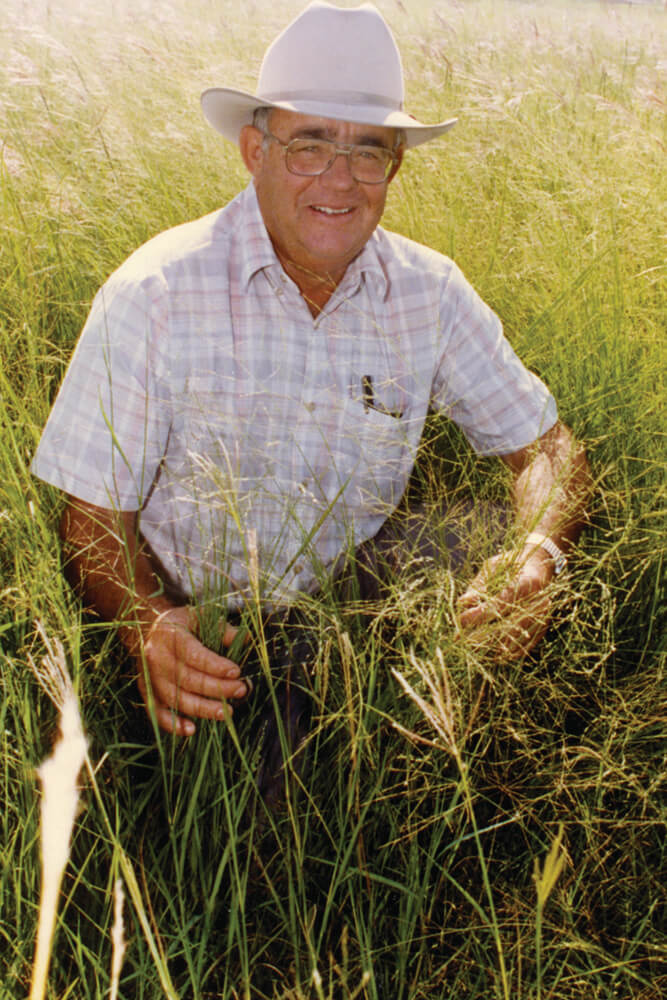
In his 36 years with Noble Research Institute, crops and pasture specialist Charles Griffith preached the gospel of AMP grazing.
Donica needed a return on his investment, and that required grass for his livestock to graze. His options were limited, so he decided to use his remaining funds to sprig half of his field with bermudagrass. But along came Charles Griffith, who offered Donica an alternative. Donica didn’t know it at the time, but Griffith would change the way he ranched forever.
Griffith had a reputation. The crops and pasture specialist at Noble Research Institute was known for what were, at the time, new and industry-defining ideas on livestock grazing. Today, Griffith’s ideas are called regenerative ranching and adaptive multi-paddock grazing ( AMP). Back in the early 1990s, Donica called it “New Age B.S.”
AMP mimics the way livestock used to graze pastures, using high stocking density over a short period, allowing the livestock to take the top half of the grass, then giving the plants enough time to fully rest and recover. The recovery process that AMP stimulates generates growth in the plants and promotes the regeneration and health of the soil.
While Griffith had seen AMP grazing work on multiple ranches, most ranchers, including Donica, remained skeptical.
“He (Griffith) was kinda thought to be slightly past the lunatic fringe,” Donica said. “The idea of putting a bunch of cattle in a spot for a little while and then moving them? It was very out there.”
But in his situation at the time, Donica didn’t have the luxury of being skeptical. When Griffith offered to reseed half of Donica’s property, on the condition that they do it using AMP, Donica said “yes.” Some might call the decision a leap of faith. In reality, it was a leap of desperation.
“In truth, the only reason I did it was because I didn’t have enough money to sprig the whole property,” said Donica with a laugh.
Donica followed his regular routine when planting his side of the property; plowing, fertilizing and liming the field, pouring all the resources he could afford into the pasture. For Griffith’s side of the property, Donica was instructed to simply “let it rest.”
Spring soon rolled around, the seeded grass had grown, and Donica was finally ready to graze it with his livestock. He went to Griffith for directions on how to graze the “resting” side.
“Go in and take half,” Griffith told Donica.
“Why the hell can’t we take it all?” Donica said incredulously.
“Because we’re going to take half,” Griffith replied, with a calm demeanor.
Mystified by the reasoning behind Griffith’s instructions, but true to his word, Donica only grazed the top half of the grass Griffith’s side. Donica didn’t know it, but by using AMP, he had allowed the half-grazed plants to continue to photosynthesize, causing the existing root system to keep growing. It didn’t take long for Donica to see why Griffith was a believer in AMP grazing.
“In two years I had more grass on that [Griffith’s] side than I did where I spent $50 an acre,” Donica said.
Donica was converted.
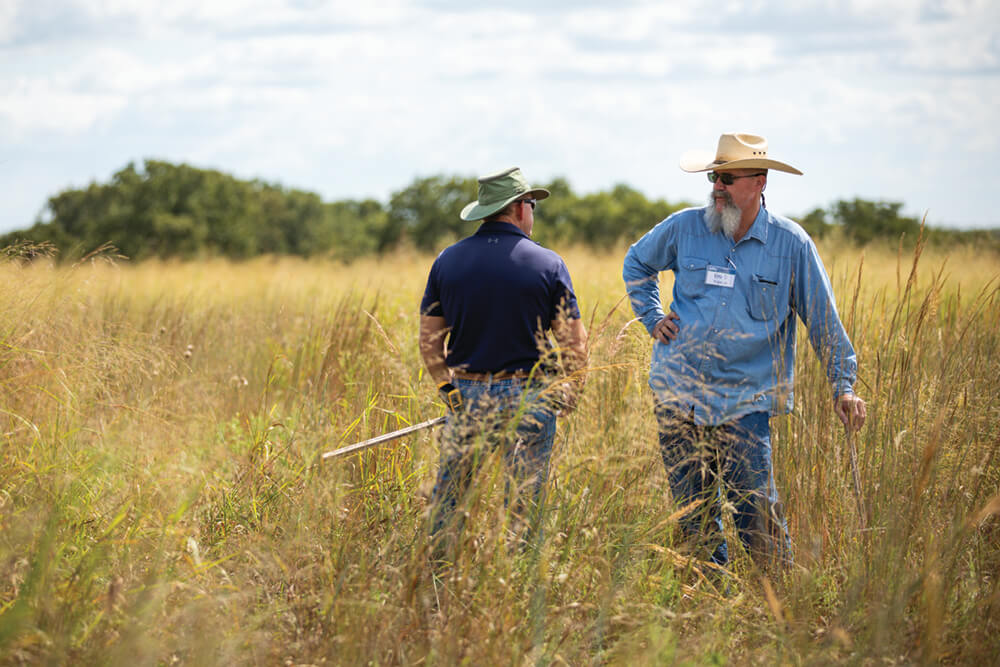
Kent Donica, right, talks with Allen Williams, a co-founder of Understanding Ag LLC and the Soil Health Academy, in a field at Noble Research Institute’s Coffey Ranch. Donica seeks to help other producers understand the benefits of regenerative practices, one rancher at a time.
Two years ago Noble Research Institute was converted as well.
Noble’s governing body made a bold and deliberate decision to help farmers and ranchers build up the soil. The Institute set its sights on regenerative ranching.
Regenerative ranching’s main goal is to regenerate degraded lands. AMP grazing is one of the keystone practices of regenerative ranching and helps apply the six principles of soil health (see page 29). AMP promotes plant growth, achieving valuable plant diversity while keeping the soil covered, undisturbed and the root systems growing.
Joe Pokay was hired as the new general ranch manager to implement regenerative management on Noble’s 13,500 acres of ranches. The task may seem daunting from the outside, but Pokay has accumulated a decade’s worth of experience in ranching regeneratively, even if he didn’t know it at the time.
Ten years earlier, Pokay discovered AMP grazing and its benefits. It wasn’t pure happenstance that led Pokay to the regenerative process, rather a keen eye for livestock and ranch management.
Pokay began to notice that when he grazed certain sections of pasture intensively with a high stocking rate then quickly moved the livestock to a different section, the grass rebounded with vigor. When Pokay realized the connection, he had what he calls a “hit-you-in-the-face moment.”
Pokay experimented with AMP, increasing and decreasing the intensity and stocking rate, finding a happy medium that worked for his property. Pokay discovered a correlation: as the intensity and stocking rate increased, the amount of diversity and desirable plants increased. Pokay also found that his land absorbed water better and was more drought-resistant. For five years, Pokay wasn’t completely sure what he was doing, but he knew that it worked.
“Once you see it do good things for the land, it’s self-serving,” Pokay said. “For me, the floodgates just opened, and I couldn’t get enough of it.”
Pokay’s technique was simple. He’d rope off a new paddock for his livestock to graze, let them graze three to four days, then “rinse and repeat.” The freshly-grazed paddock was then set aside for two months, allowing the grass to recover and the root systems flourish. After five years of successful AMP grazing, Pokay decided to research why his techniques were working. It led him straight to regenerative agriculture.
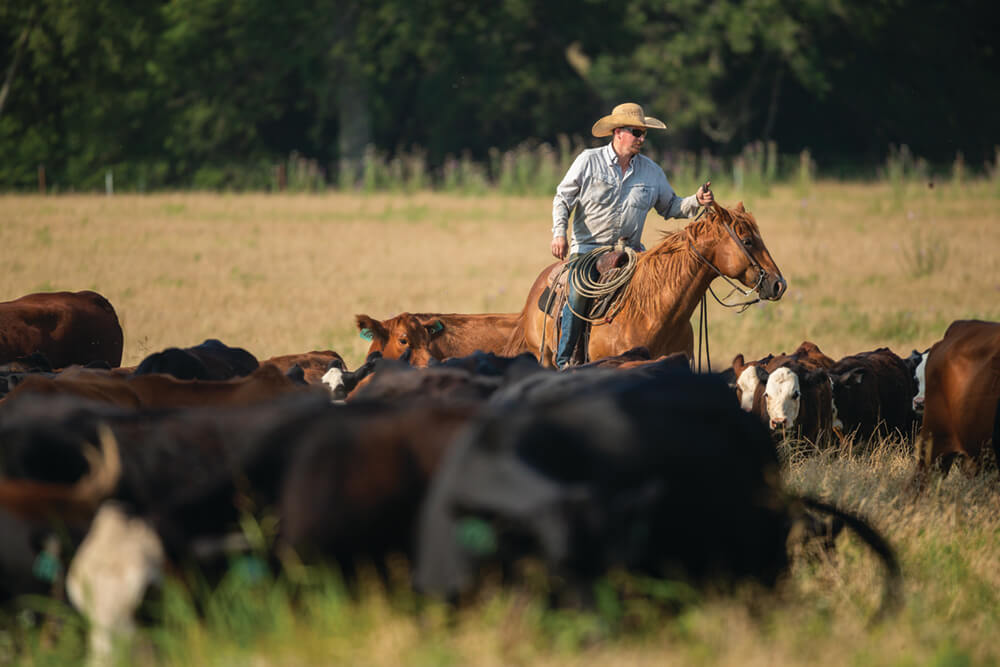
Joe Pokay is the general ranch manager at Noble Research Institute. Here he’s on horseback moving cattle to a fresh grazing area on Noble’s Coffey Ranch, a new practice as Noble moves to regenerative management of all seven research ranches.
Now at Noble, Pokay has begun to implement the same changes on Noble’s seven ranches. Like most change, there have been growing pains. Pokay and Noble are still adapting to the unique quirks that exist on each of the Noble properties. Maintaining good cow conditions and controlling brush encroachment have been constant struggles for Noble when implementing AMP grazing. But AMP grazing isn’t a step-by-step process, it’s an art. It requires flexibility, responsiveness and adaptability.
“Even here at Noble, every pasture is different on how you apply these regenerative principles,” Pokay said. “This isn’t a list of do’s and don’ts, it’s about a mindset that is rooted in applying the six principles of soil health to your operation.”
When applied correctly to the individual’s property and circumstance, AMP grazing can be wildly successful. It only took one growing season for Pokay to notice marked improvements in the soil and plant health on the Noble Ranches. New species of grasses have begun growing in previously bare spots. Noble has also reduced its operating costs by reducing fertilizers and equipment use.
While Pokay and Noble continue to convert Noble’s ranches to regenerative practices, they have turned their focus to helping ranchers regenerate the rest of America’s grazing land. 13,500 acres down. 654 million acres to go.
Converting 654 million acres isn’t the biggest obstacle Noble faces. Guiding thousands of farmers and ranchers on their own adoption and use of regenerative principles, well, that’s the real challenge.
Changing family tradition and generational practices takes time and evidence. But the current ranching climate requires a shift.
Fertilizer prices are increasing. Drought is sweeping the western half of the nation. The soil health of the nation’s grazing lands is declining. Yet just like in the 1990s, farmers and ranchers are still skeptical of regenerative agriculture and AMP grazing. Donica can’t figure out why.
“You can show them this is not working and they’ll keep doing it,” Donica said. “They would rather fail in their comfort zone than succeed outside of it.”
Part of the issue comes from the common misconceptions that surround AMP grazing and regenerative agriculture as a whole.
Some believe that AMP grazing will cost more to implement. In reality, it costs less. Ranchers will save money on fertilizers and reduced equipment needs, Pokay said.
Others believe that using AMP grazing will take more time out of their busy day to move cattle. In reality, AMP grazing doesn’t take any longer than regular grazing techniques. Ranchers will save time by not having to apply multiple inputs.
However, the toughest barrier to overcome isn’t cost, time or work. It’s a mental barrier. To begin the journey of regenerative ranching and implement AMP, farmers and ranchers need to change their mindset, Donica said.
“I tell people, look, the big change ain’t out there in your pasture,” Donica said. “The big change is right between your ears.”
Donica and Pokay were raised in traditional ranching and know how difficult it is to ask people to deviate from it. After all, traditions, habits and culture are part of what makes us human. They know the road to implementing AMP grazing nationwide will be a long one.
So, for now, Pokay and Donica will continue to help those who are interested understand the benefits of regenerative ranching and AMP grazing, one rancher at a time. Pokay knows though, that one day farmers and ranchers won’t have a choice.
“Don’t wait for a bad thing to happen before you change,” Pokay said. “Be proactive, not reactive. You can start grazing animals regeneratively now to help your soil. Look at it and try to get ahead of the curve before you’re caught and can’t fix anything.”
Pokay found AMP grazing and regenerative ranching through trial and error. Donica came to it through necessity. Either way, it doesn’t change the impact AMP grazing can have.
“Try it,” Pokay said. “Try it on an area. See what happens.”
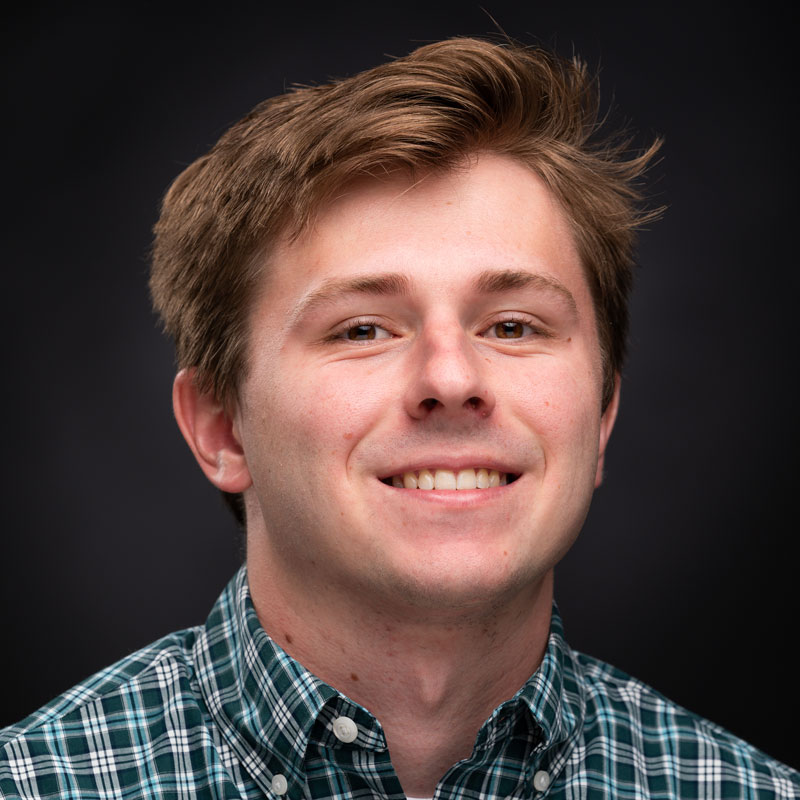
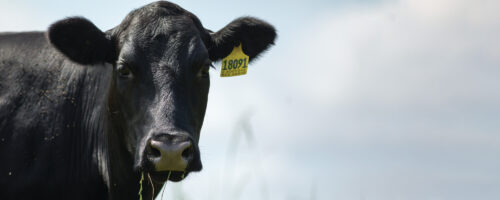
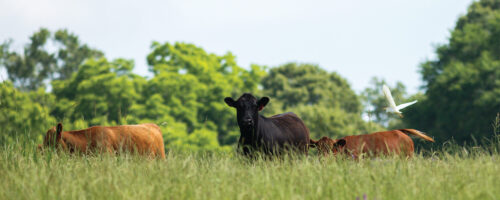
Comment